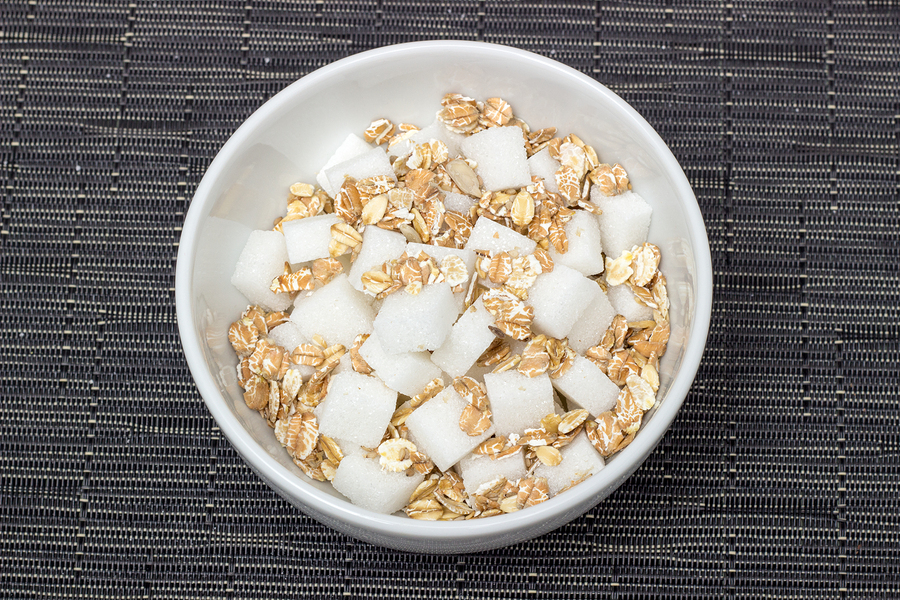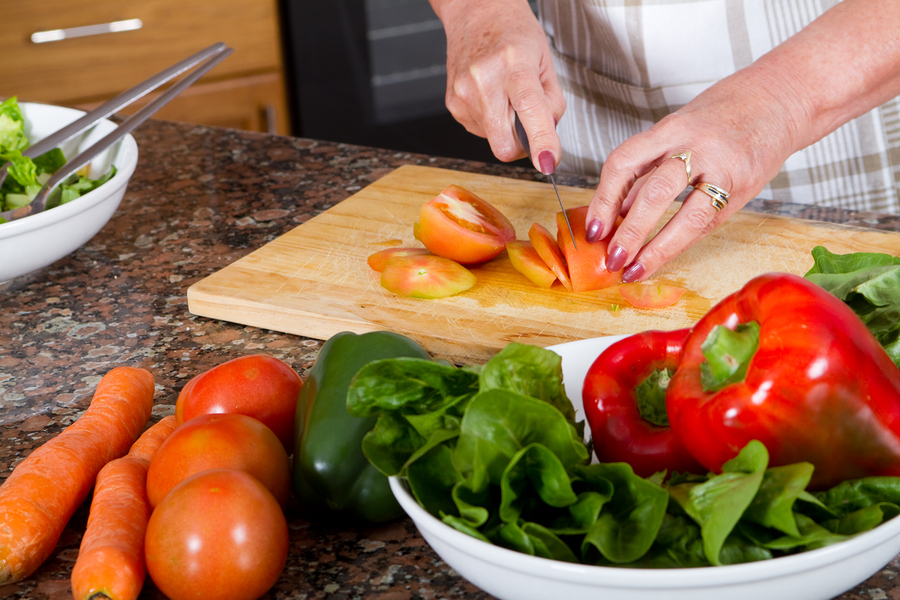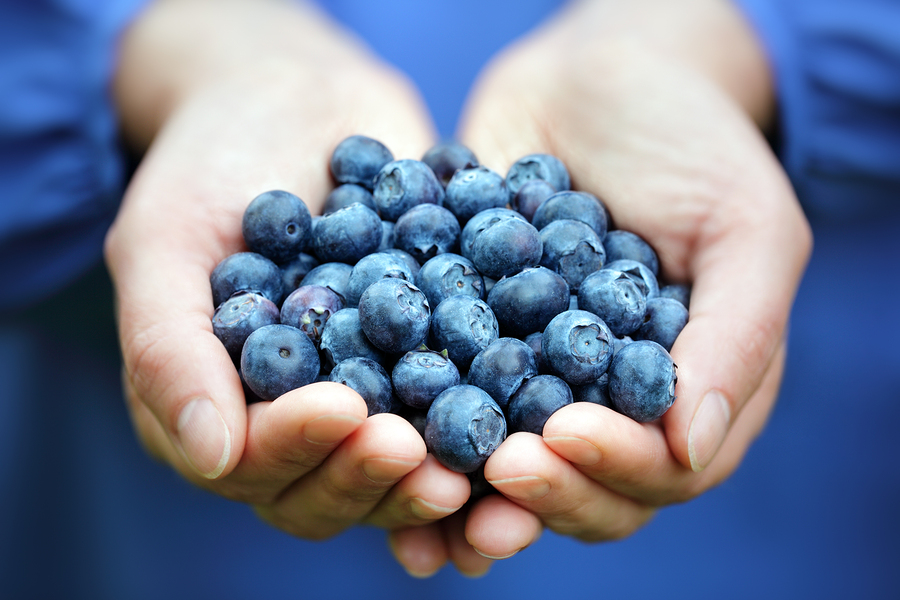

Drinking such drinks are not just a great way to keep healthy; they are a wonderful way to lose weight too. If you get into the habit of drinking healthy drinks, you will never go hungry, always feel satiated, and the best part, you will not have to compromise on taste. Smoothies with various combinations of greens can be real tasty and you will look forward to drinking them as meals, once you get into the habit of replacing at least two meals in a day with them
It is difficult to put an accurate figure on how much weight you can lose with such smoothies as results vary from person to person. However, it would be no exaggeration to say that if you drink them regularly and get into a proper exercise regimen you can lose up to 10 pounds in a month! Now that is a lot of weight indeed. Today, we are here to give you a few tips that will help you maximise your weight loss.
Begin Your Day with a Spinach Smoothie
If you are a major coffee drinker and just can't seem to wake up without your morning cuppa, you should begin your day with a spinach smoothie. Spinach has a mild flavour and tonnes of energy giving nutrients. Mix it up with some berries, half a banana and half a cup of almond milk and you will feel like you have just been given an energy booster like Popeye! What's more, if you make it a habit to drink a spinach smoothie in the morning, you will never feel the need to go back to caffeine again.
If You Like It Creamy
When you are switching a healthy lifestyle and don't want to majorly compromise on taste, you will find a great friend in avocado. Even when you are in a pursuit to lose weight, you must get a healthy dose of good fats and protein. Since you cannot add cream to your smoothies, try putting in half an avocado instead. Avocado is a source of good fat and will cream up your smoothie making it even tastier.
Add Flax Seeds To Your Green Smoothie
If you want to see some fast and meaningful results in your weight loss program, try adding a spoonful of ground flax seeds to your smoothies. Flax seeds are rich in proteins, Omega-3 fatty acids and phytochemicals. Adding flax seeds to your drinks will help relieve you from conditions such as constipation; can help you improve your overall digestion and bring down the overall cholesterol levels in your body.
Rotation of Your Greens
When you are trying to lose weight, you have got to keep your smoothies not just healthy but have to think of the rotation of your greens too. Adding a variety of greens will not only reduce the toxicity that will come from repetition, it will also keep your weight loss recipes real interesting.
If you follow these simple and easy tips you will find that drinking such drinks is not a regimen or a punishment but a healthy and tasty path that will lead you to your weight loss goals faster.
http://ezinearticles.com/?How-Much-Can-You-Lose-With-Green-Smoothies&id=8405058





